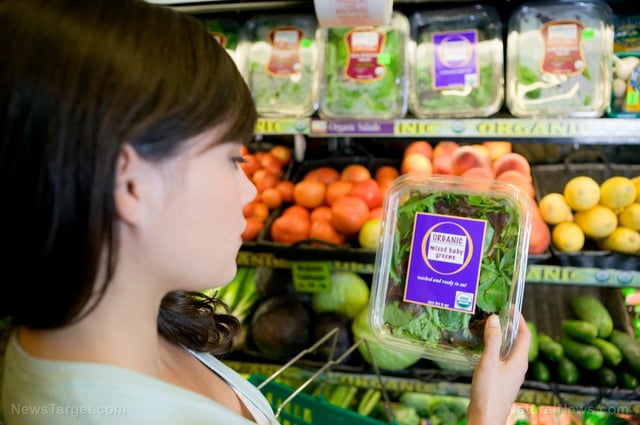
First, lets get a clear picture of what blockchain technology is. A blockchain facilitates secure online transactions. A blockchain is a decentralized and distributed digital ledger that records transactions across many computers in such a way that the registered transactions cannot be altered retroactively. So how can this technology benefit your food grade supply chain? Shipping today is riddled with documentation, regulations, and policies that require certificates of origin, letters of credit, bills of lading, vessel manifests, and customs declarations. When dealing with food grade materials, the paperwork can become overwhelming. Blockchain converts documents, such as traditional vessel manifests or bills of lading into a digital ledger that all parties can see and share. This distributed database maintains a continuously growing list of data records hardened against tampering and unapproved alterations.
Our food supply is vital to life, but what we often don’t realize is that food can be harmful to both people and the environment. Costs associated with foodborne illness alone range from $55 – 93 billion just in the United States, and that is after one-third of the food produced for human consumption is lost or wasted globally, either for safety reasons or because of simple logistics. Several companies and organizations are exploring ways to use shared, immutable ledger technology known as blockchain to “upgrade” our food system. The hyper ledger blockchain technology introduces 3 key functions to aid in the security and visibility of food grade materials from the manufacturer to the end user and everywhere in between. The technology is distributive, permissioned, and secure. Documentation for each transaction is distributed to all approved users in the supply chain. Only those who have been granted permission by the system administrator are able to receive the information. And all information is stored in a hyper secure cloud. None of the information in the cloud can be altered by any one participant in the chain, not even the administrator. So, in theory, documentation supporting the authenticity and safety of food grade materials is 100 percent accurate. In the age of global sourcing, food products can contain multiple ingredients and packaging from all four corners of the globe. The frozen lasagna you pick up at the supermarket tonight could contain tomatoes from one continent, beef from another, and milk from elsewhere. Should a contamination break out, how could the manufacturer hope to trace the source? With its immutable blocks of data and time stamps, blockchain, arguably provides the ability to track, trace date and time stamp every ingredient used in production.
Walmart and a group of food giants are teaming up with IBM to explore how to apply blockchain technology to their food supply chains.
The coalition includes retailers and food companies such as Unilever , Nestlé, and Dole. They will be aiming to use blockchains to maintain secure digital records and improve the traceability of their foodstuffs, like chicken, chocolate, and bananas.
These companies see blockchains as an opportunity to revamp their data management processes across a complex network that includes farmers, brokers, distributors, processors, retailers, regulators, and consumers. One potential benefit: investigations into food-borne illnesses can take weeks, but a blockchain-based system has the ability to reduce that time to seconds.
The Future of Blockchain Technology
Blockchain technology is still experimental, and its wide-scale implementation in the food industry may be several years away.
That said, it does represent a bold step in the right direction: boosting traceability, a re-building of consumer trust, and the lowering of product recall risks. If blockchain can deliver, its potential in the food industry seems limitless.



 Land-Link, a well respected professional organization, has been providing its clients with effective transportation and logistics solutions since 1978.
Land-Link, a well respected professional organization, has been providing its clients with effective transportation and logistics solutions since 1978.

